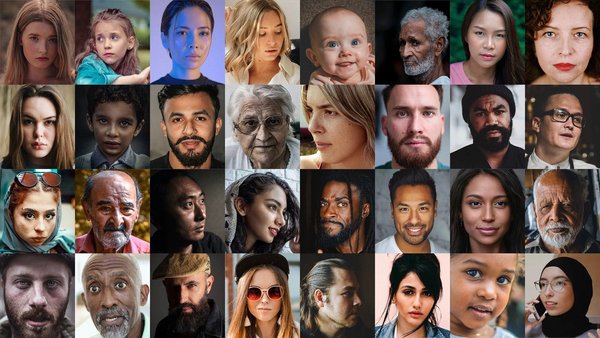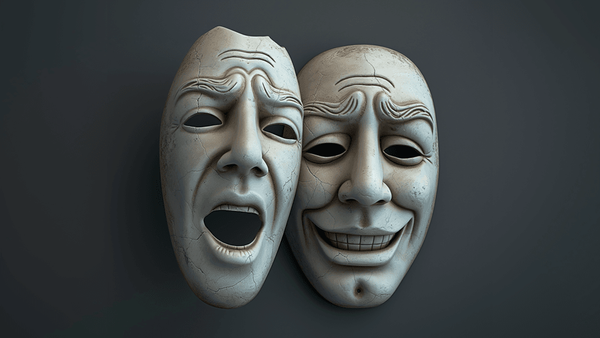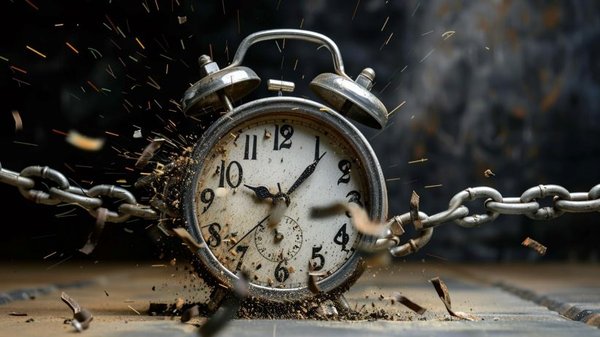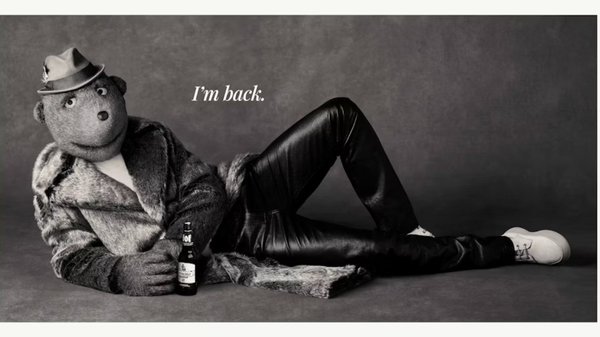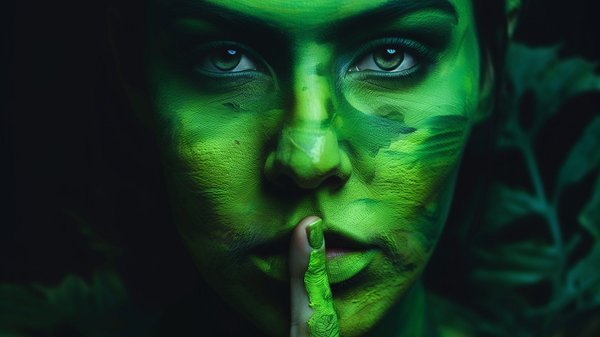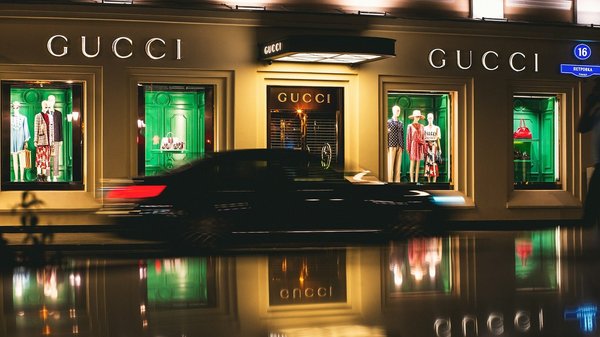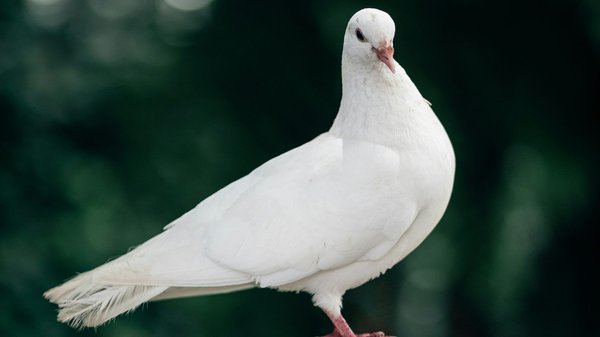The Villain Playbook /
From Nike to Disney, the biggest brands are celebrating being bad. Tom Beckman, global CCO of Weber Shandwick, explains why.
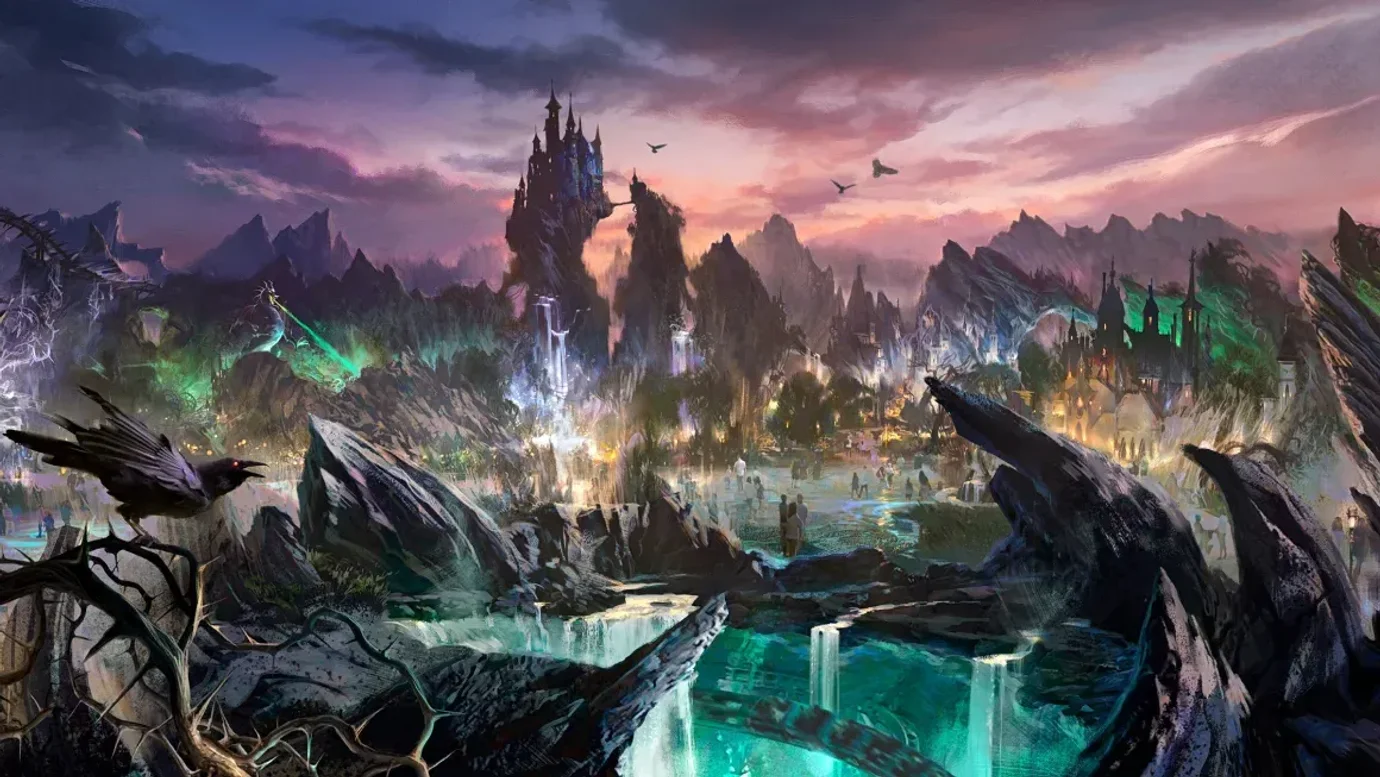
Concept art for Disney World’s upcoming Villains Land. Credit Disney
In the bestseller Freakonomics, the authors present a theory explaining the sudden and sharp decline in crime in mid 90s America.
It turns out the most important reason for the drop was not what everyone thought. It was not zero tolerance policing, it was not the demise of the crack epidemic, it was not gun control. Rather, it was the Roe vs Wade ruling of 1973.
Giving people access to greater family planning options significantly reduced the number of children born into an adverse family environment. And thus, significantly reduced the pool of criminals some twenty years later.
The above example represents one of the key aspects of ideation: the ability to look at the world with new eyes and to find an alternative perspective beyond face value or popular assumptions.
In agency land, this perspective is called ‘vuja de’ – the opposite of déjà vu. A vuja de experience is that weird sensation when you walk into a familiar situation you’ve been in a hundred times before, but suddenly see something new.
Sequels reign, what else is new? /
One such familiar situation is marking the closing of the year with countless best-of summaries and top lists. But in 2024 one particular end-of-year list that had the internet spinning was the box office top ten.
Even if sequels have dominated the box office for a decade now, the fact that there was not a single original screenplay on the list of top-grossing films of 2024 had journalists ask themselves if this was a first in Western cinema history.
Six months earlier, on the Disney earnings call in May, CEO Bob Iger stated that the company would focus more on sequels at the expense of original content, concluding that the value of known IP was greater and less costly to promote. It turned out to be a winning strategy. When all the numbers were in, Disney sat alone on the throne of global film studios with a total international box office of over $5bn.
Tom Beckman, Weber Shandwick
But across the creative industries, people were concerned. Was the triumph of the sequels in fact a Pyrrhic victory? The popular assumption seemed to be that the ten most successful films globally represented the end of originality. The curse of algorithms. The sacrifice of creativity on the altar of commercialised culture.
Is that assumption accurate? Probably. Is it the most illuminative assumption? Probably not.
Let’s take a second look at that box office list and see if there’s another reason for these films’ success beyond being based on existing IP. Let’s try to encourage a vuja de.
Looking at the list again it’s obvious that five of the top ten films centre around villains — Wicked, Venom: The Last Dance, Godzilla x Kong: The New Empire, Deadpool and Wolverine, Despicable Me 4.
The thing that got Wicked on the list was probably that it follows in the footsteps of Maleficent, Cruella, Harley Quinn and Wednesday. It’s a new kind of villain film where backstory, motivation and complexity in character have us rooting for the bad guy.
Bad fashion /
It’s May 2024. Balenciaga is preparing for its Spring 2025 show, a first ever in China. The past year has been bumpy for the brand. Its holiday campaign controversy with kids with bags looking like BDSM bears has prompted the fashion world to ask if Demna Gvasalia, the creative leader of Balenciaga, finally pushed it too far.
No one can dispute the impact Demna has had in the last decade. A wizard, admired by creatives far beyond the world of fashion, his counter-culture finesse and creative juxtapositions have shaped the way we look at culture, commerce and marketing.
Now, after ten years of creative triumphs, he finds himself reflecting in Vogue that he ‘decided to go back to (his) roots in fashion as well as to the roots of Balenciaga, which is making quality clothes — not making image or buzz’.
There is a lot at stake on the outdoor runway by the Pudong Art Museum in Shanghai. Rain starts pouring just as the show is about to begin. Staff scramble to hand out umbrellas to the delicate crowd. Is the sudden rain an omen that the wizard has lost his magic? Of course not.
When the models start appearing on the runway, it all falls into place. The cyber punkish dystopian exaggerated silhouettes, march through the night rain with the futuristic Shanghai skyline as the backdrop. All to the dark industrial techno sound of BFRND … It is the perfect Blade Runner end scene.
The villain look is unmistakable. And Balenciaga’s collection, which included a reveal of its collaboration with sportswear brand Under Armor, is unmistakable villainy.
But style setters have been flirting with antagonists for some time. Already in 2022, the magazine L’Officiel declared that fashion had ‘entered its villain era’ with designers gravitating to ‘the cigarette-in-hand rockstar girlfriend aesthetic’. Charlie XCX galvanised the look for last year’s Brat summer, telling the BBC that brat style was ‘a pack of cigs, a Bic lighter and a strappy white top with no bra’, a decidedly non-conformist villain look.
Something wicked this way comes /
Villain culture is just like any other phenomenon – the moment you decide to look for it, you see it everywhere. Kind of like when you’re expecting a child and suddenly start seeing strollers everywhere. It doesn’t mean that there are more strollers in the streets, rather it is a vuja de experience that allows you to see new opportunities. Just like a good creative brief.
And according to this brief, villain culture has been brewing for some time now, and will probably continue to shape pop culture, the media and marketing in the coming year.
In early 2023, a critical mass of TikTok creators, predominantly women, were using the phrase ‘Villain Era’ to describe their ambition to set boundaries and put their own needs first. Not too dissimilar to the attitude Charli XCX would later call brat. Around the same time, Google Trends reported new interest in the terms ‘Villain Era’ and ‘Villain Arc’, describing the same idea of personal growth through defying convention and expectation. Both terms suggest a more deliberate version of ‘Goblin Mode’, which described post-lockdown non-compliance, as that expression started to fade away around the same time. Throughout 2024, the villain arc became a staple format for online creators discussing everything from breakups to job resignations. All pretty small-time villainy.
There is of course a much darker side to this new identification with villains, predominantly among men, and mainly manifested through a global surge in populist politics, the rise of anti-establishment media profiles, the new governance of social media platforms and public reactions to the murders of company leaders. All pretty big-time villainy.
The most eye-catching manifestation of villain culture in marketing was perhaps Nike’s Paris Olympics campaign [with Wieden+Kennedy, Portland]. Nike’s monumental impact on the world of branding, and its track record of iconic campaigns, have earned the brand the status of being some kind of beacon – a guiding light to follow. This time Nike’s own survival was at stake after two weak years that had almost cut the company’s valuation in half. Nike almost single-handedly catapulted purpose into the marketing playbook with its Better World campaign in 2011. And maybe Nike was the brand that catapulted villainy into the marketing playbook in 2024 with its Olympic campaign featuring billboards saying ‘My dream is to end theirs.’ A total retreat from Find Your Greatness, and an unapologetic entrance into the brand’s villain era.
Before the closing ceremony of the Olympics was over, on 11 August, Josh D’Amaro, chairman of Disney Experiences, announced the plans to build a new Villains Land at Disney World. Although he didn’t disclose when Villains Land would be opened, D’Amaro promised ‘It’s going to be a fearless new vision for what a Disney experience can be.’
When giants like Nike and Disney make the same bet, at the same time, to future-proof their business, we should probably take note.
Tom Beckman, Weber Shandwick
Worst of all /
So, in a year of unprecedented competition, who managed to claim the arch villain position? Was it the witch Elphaba in Wicked? Was it Deadpool or Loki, The Penguin or The Joker Folie à Deux? Was it Balenciaga, Nike or Disney? According to a Wired feature arguing that 2024 was ‘the year villainy won’, the ultimate villain may be Kendrick Lamar.
The surprise release of the rapper’s GNX album was the culmination of a year of magnificent villainy in his feud with Drake – using backstory, motivation and complexity in character to position him as an aspirational villain (like those from the box office top ten) rather than a conventional bad guy.
‘In a repressive society such as ours that champions conformity to better cultivate consumers, characters who actively reject the trappings of capitalist fantasia or who operate by the codes of a self-fashioned morality in opposition to the dominant society will inevitably be appealing in ways we may not all wish to openly admit,’ Kevin Wynter, professor of media studies at Pomona College, told Wired.
It is of course tempting to assume that the rise of villains is a consequence of societal shifts towards polarisation, alienation and a growing divide. Is that assumption accurate? Probably. Is it the most illuminative assumption? Probably not.
An alternative explanation, a vuja de, would be that our new relatability to villains reflects a growing sense of empathy and a more nuanced way of perceiving your adversaries. A better understanding of what it is to be human. Perhaps the brief is not to switch from hero stories to villain stories, but to change the way we tell stories all together.
Kishōtenketsu, the narrative structure often used in Chinese, Korean and Japanese stories, is described as ‘contrast over conflict’. It is built on four parts: intro, development, twist and conclusion. By offering a twist, the story does not solely rely on conflict and focuses instead on character development. This tradition creates less of a protagonist vs antagonist type of plot that the West inherited from the Greeks. And makes heroes and villains more ambiguous. More like the non-people-pleasing villain arc defined by TikTok creators. More like the most of us.
Want more of the same? /
We don’t just write about best-in-class campaigns, interviews and trends. Our Members also receive access to briefings, online training, webinars, live events and much more.
